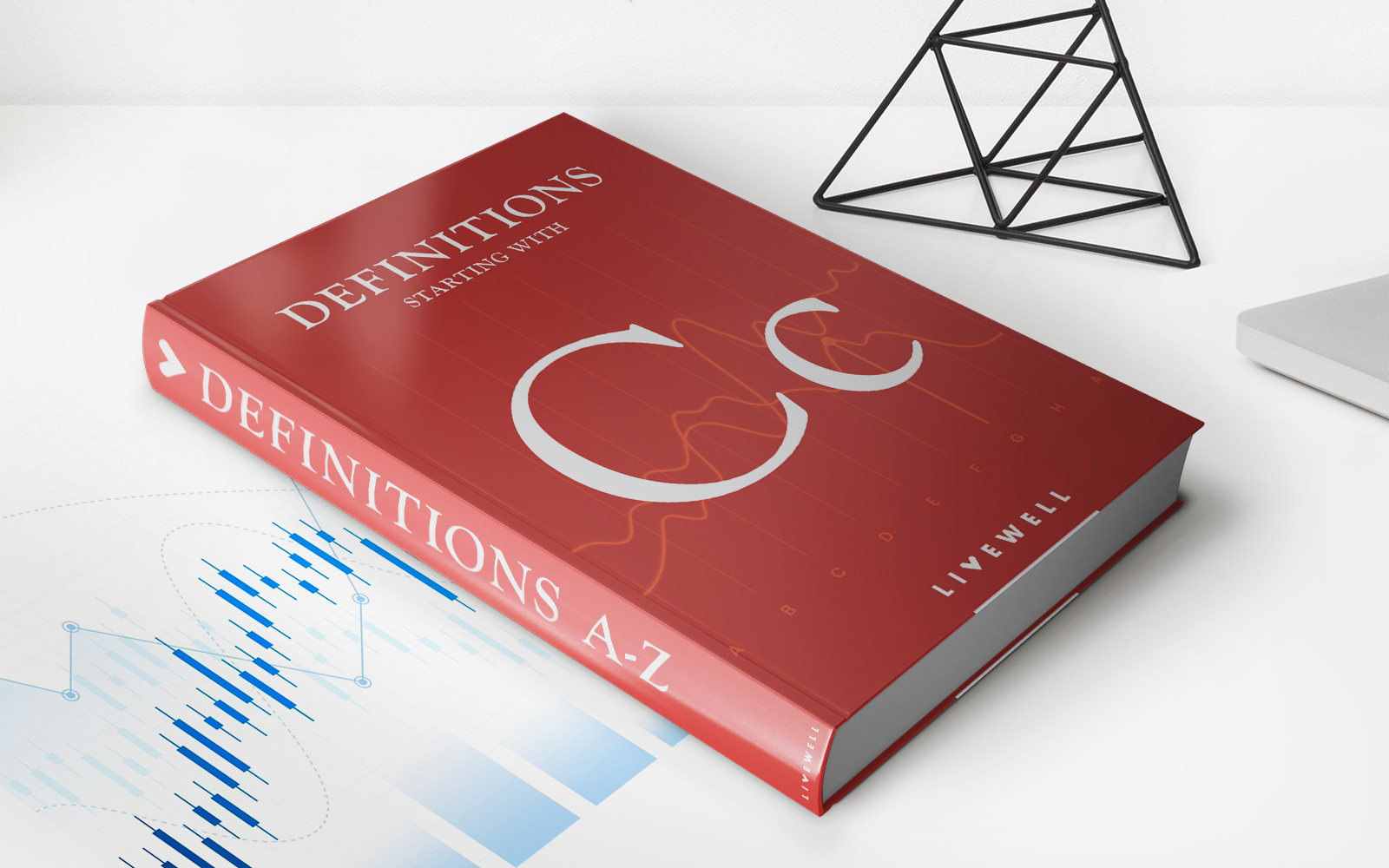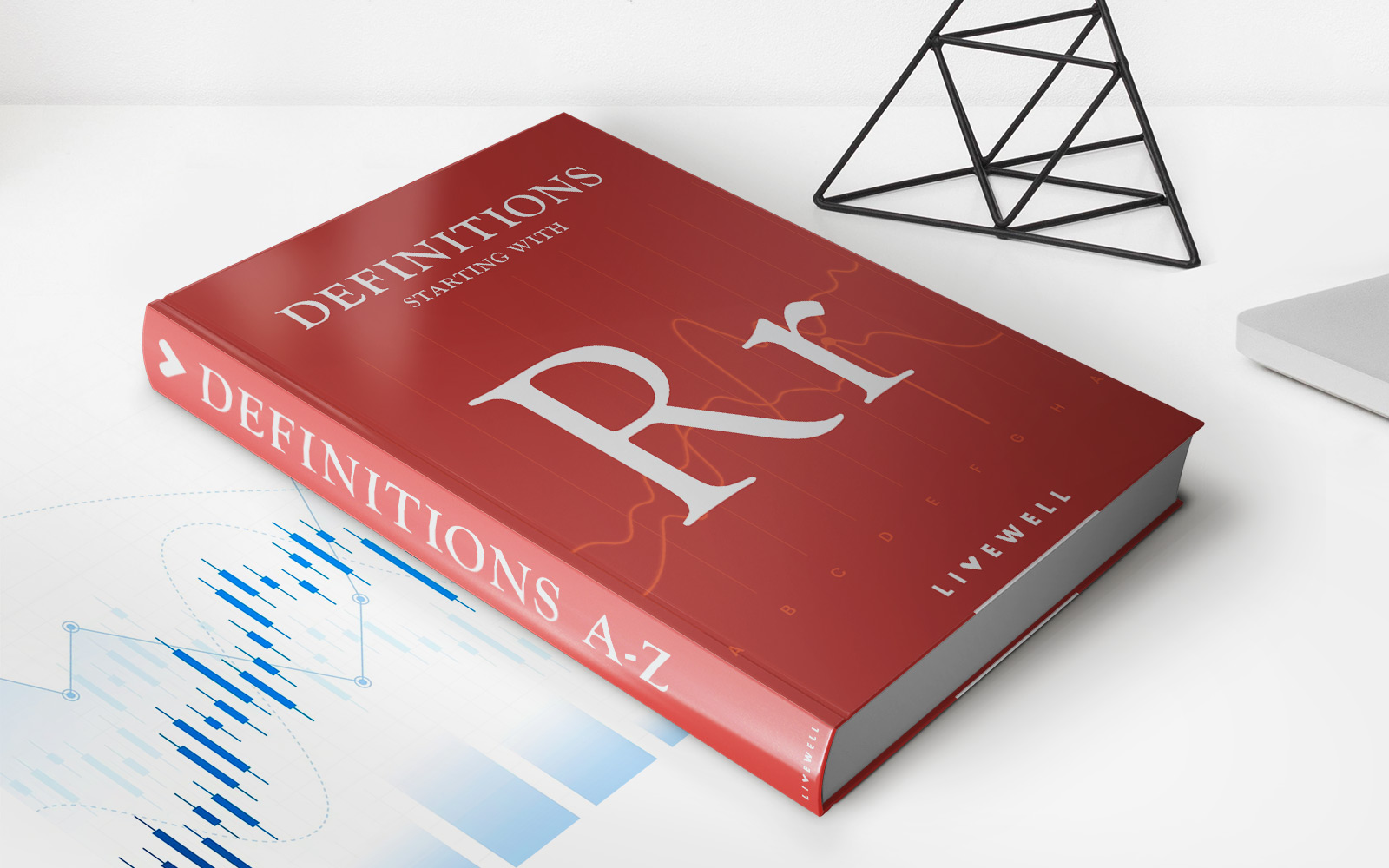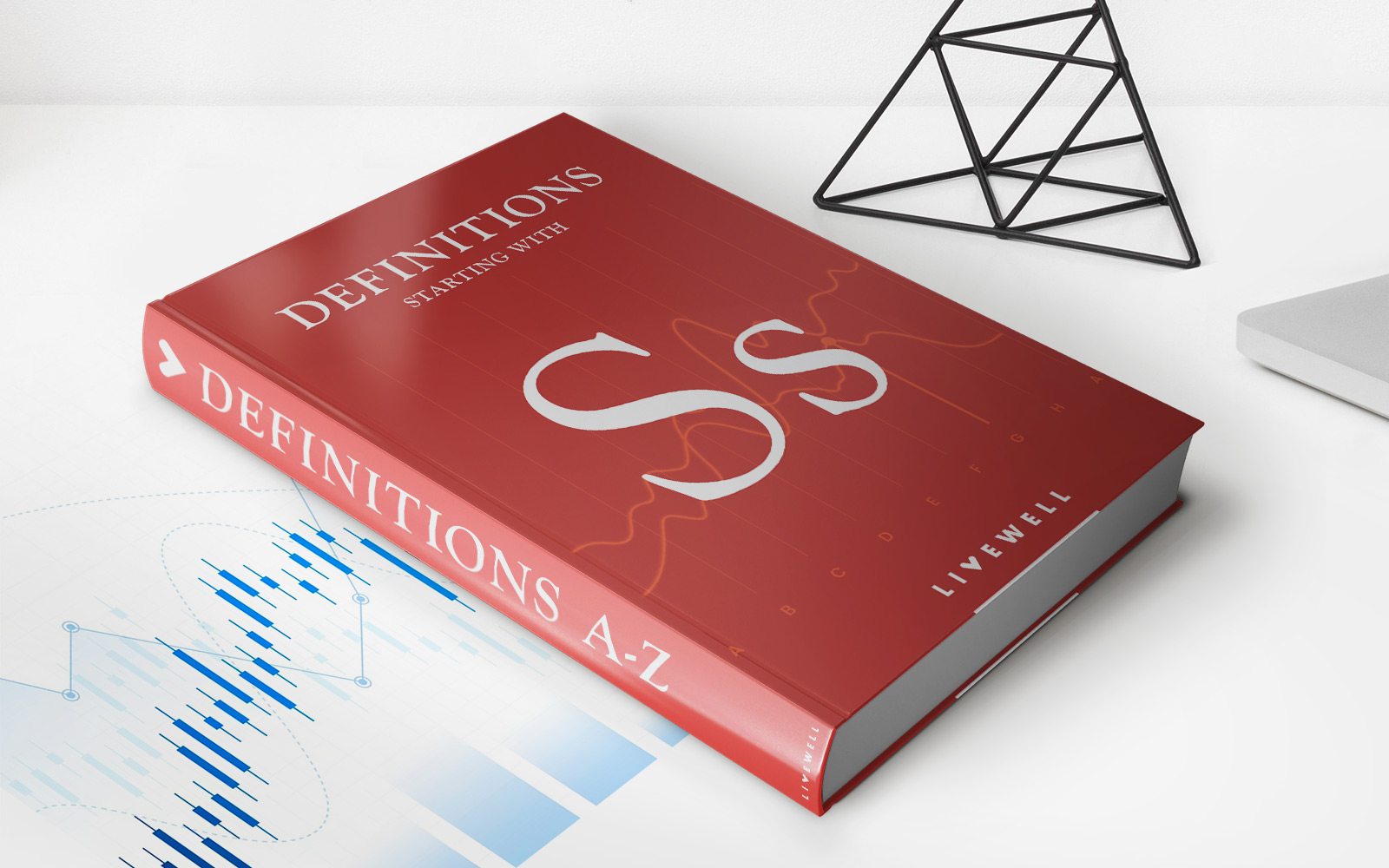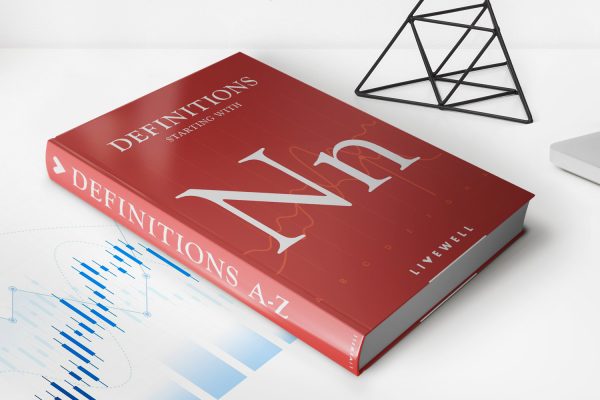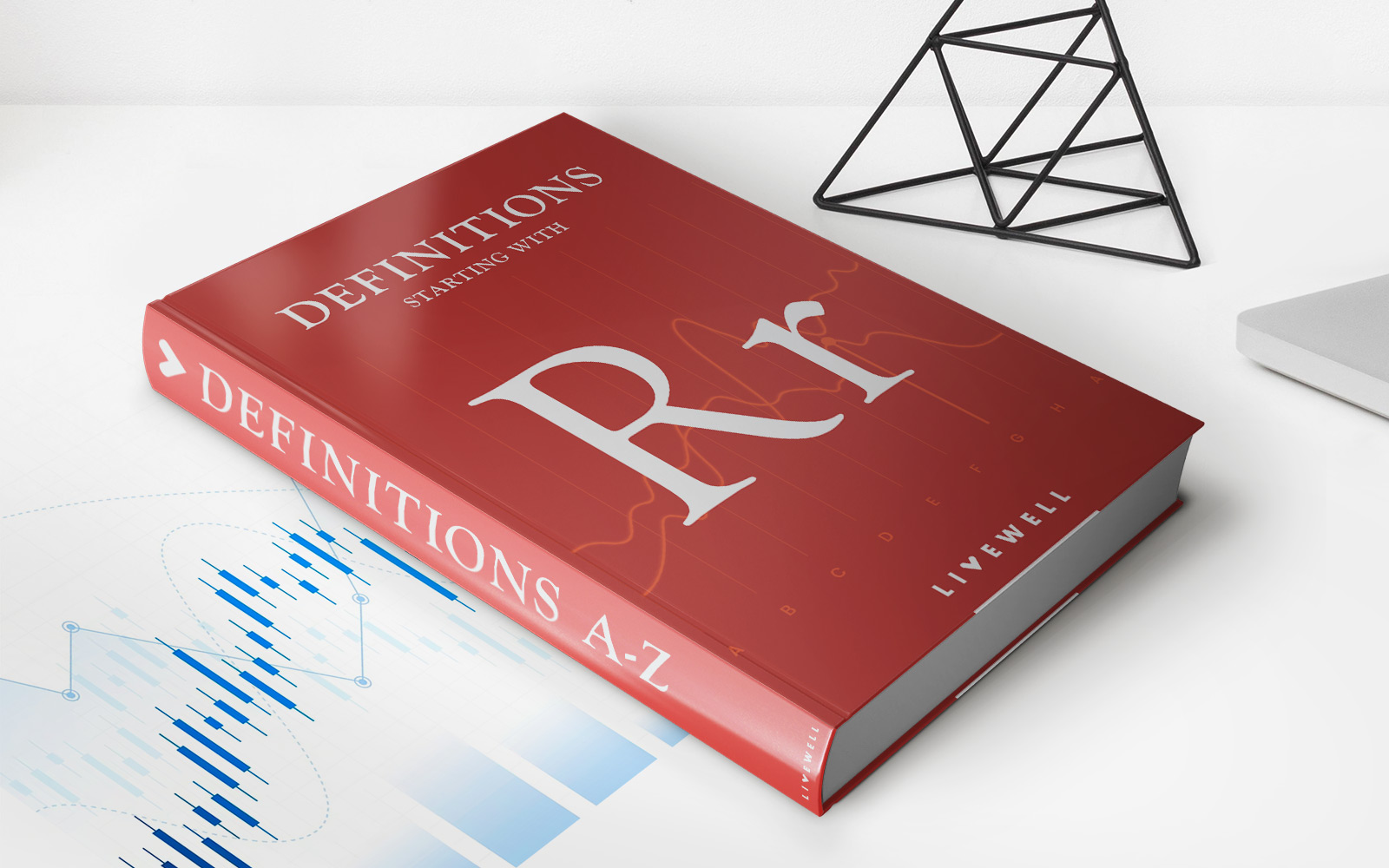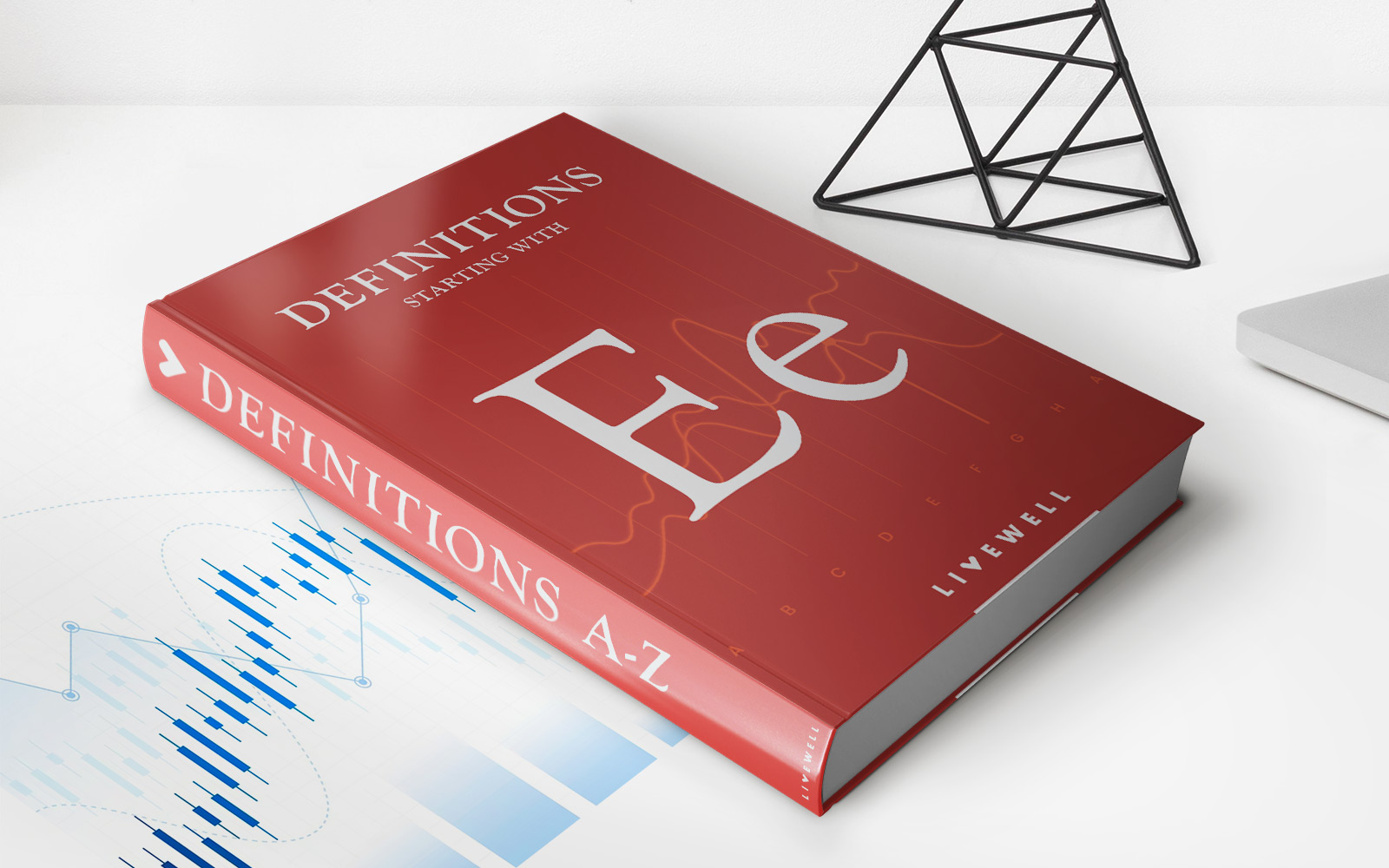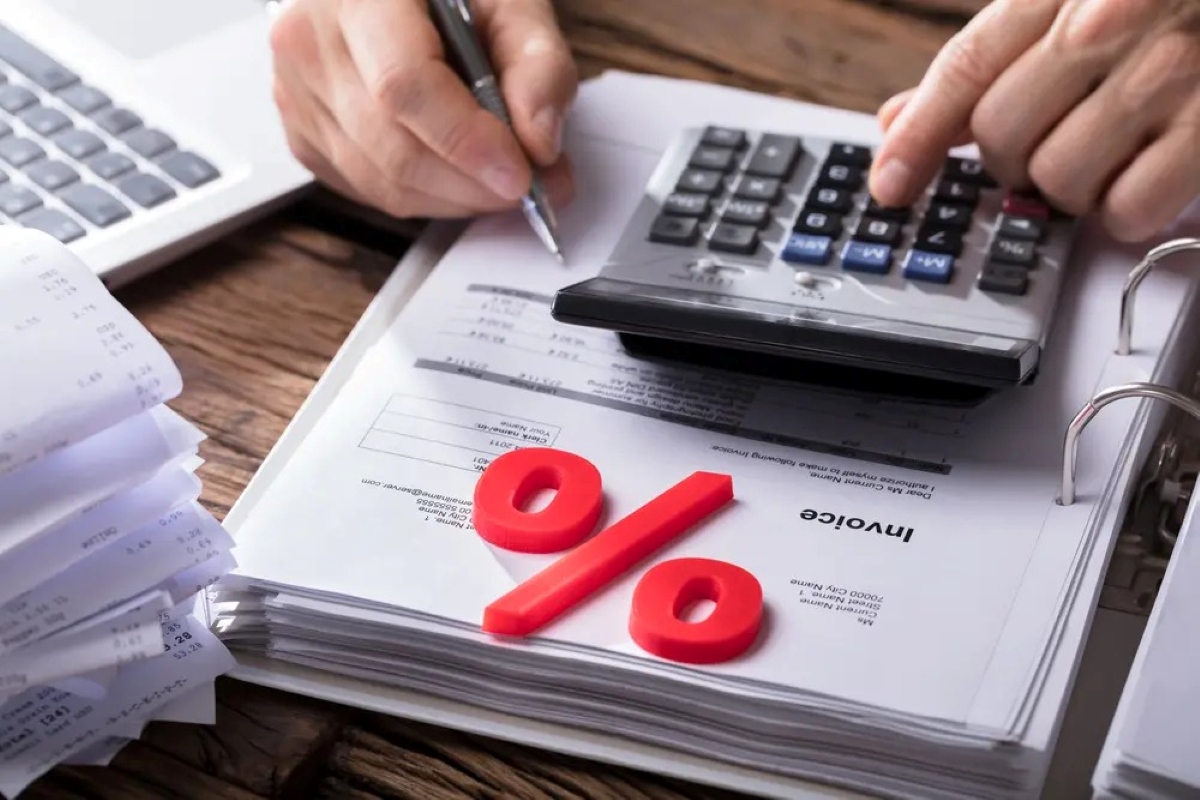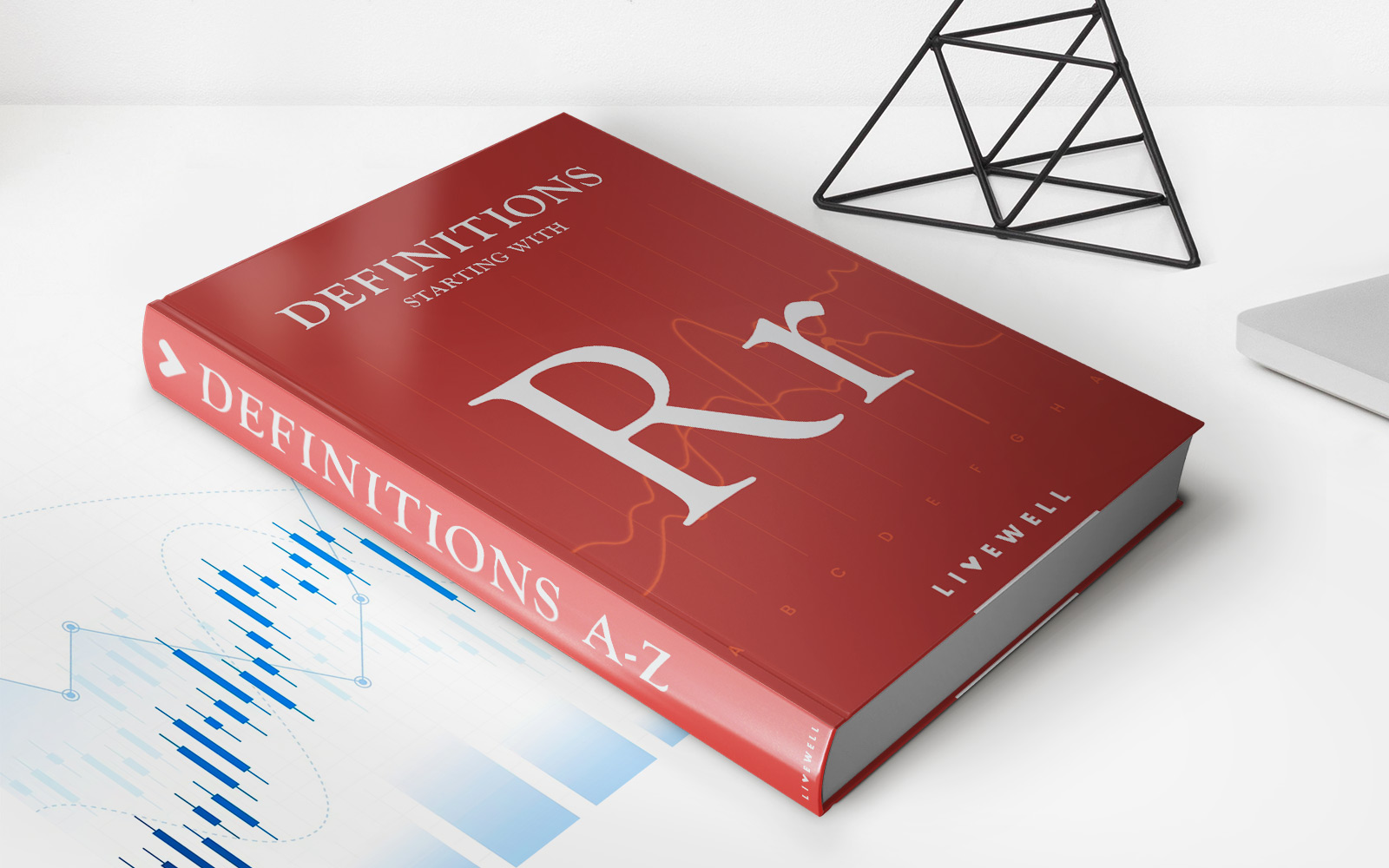

Finance
Revenue Equalization Reserve Fund Definition
Published: January 20, 2024
The Revenue Equalization Reserve Fund, also known as the Finance Committee, is a financial tool used for equalizing spending across different areas. Learn more about this important aspect of finance.
(Many of the links in this article redirect to a specific reviewed product. Your purchase of these products through affiliate links helps to generate commission for LiveWell, at no extra cost. Learn more)
Understanding the Revenue Equalization Reserve Fund
Welcome to the Finance category of our blog! Today, we will be diving into the concept of the Revenue Equalization Reserve Fund (RERF) and why it is an essential component in maintaining financial stability. If you’ve ever wondered how governments and organizations manage their finances to ensure a consistent revenue stream, this post is for you.
Key Takeaways
- The Revenue Equalization Reserve Fund (RERF) is a financial instrument used by governments and organizations to balance income fluctuations and stabilize revenue streams.
- It acts as a safety net during times of revenue surplus and offsets deficits during periods of decreased income.
So, what exactly is the Revenue Equalization Reserve Fund? Essentially, it is a reserve account that accumulates excess revenue during prosperous times and serves as a buffer when revenue falls short of expectations. The purpose is to maintain financial stability and ensure the continuation of essential services and programs.
Think of the RERF as a rainy-day fund for governments and organizations. It serves as a safety net to protect against economic uncertainties and unexpected fluctuations in revenue. When revenue exceeds expectations, the excess amount is deposited into the RERF. This surplus can be accumulated over time, creating a reserve that can be drawn upon during times of lower revenue.
The RERF plays a crucial role in managing budget deficits as well. During periods of lower income, the fund is utilized to cover the shortfall, allowing governments and organizations to continue operations without disruption. By using this reserve, they can bridge the gap and minimize the impact on critical services and projects.
Furthermore, the establishment of a Revenue Equalization Reserve Fund showcases financial discipline. It demonstrates fiscal responsibility and provides assurance to stakeholders and investors that proper measures are in place to address economic challenges. Organizations with a robust RERF have better financial stability and are better equipped to withstand economic recessions and uncertainties.
In conclusion, the Revenue Equalization Reserve Fund is an essential tool utilized by governments and organizations to maintain financial stability and manage fluctuations in revenue. By creating a reserve during times of excess income and utilizing it to offset periods of decreased revenue, the fund acts as a safeguard against economic uncertainties. It ensures the continuation of critical programs and services and demonstrates fiscal discipline to stakeholders and investors.
